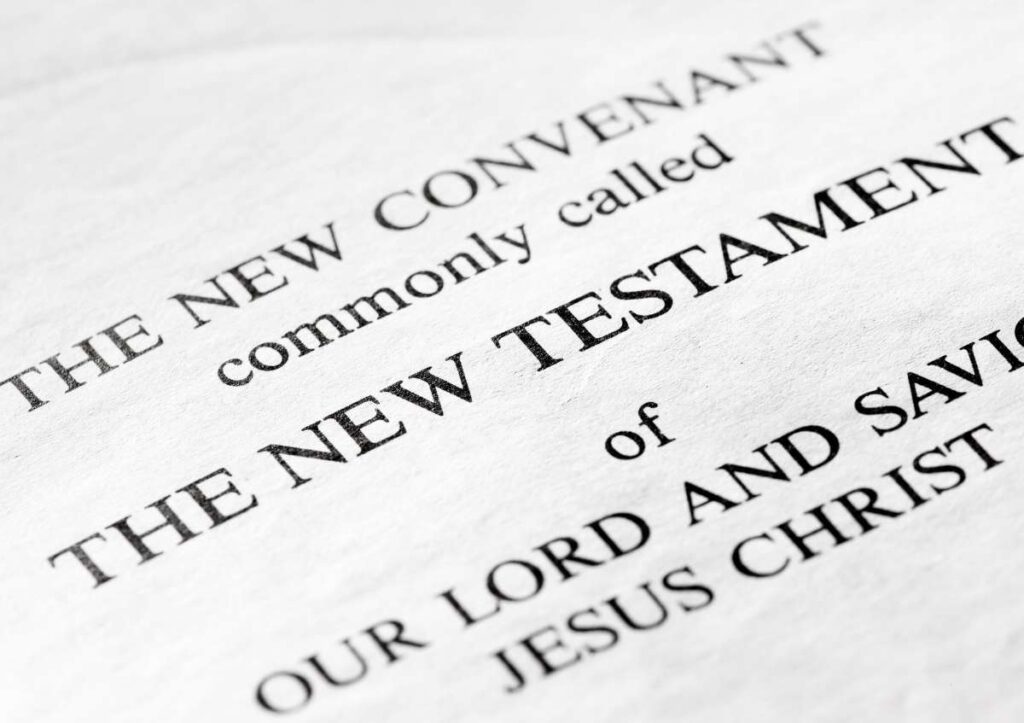
One Bible, Two Covenants—One Unified Story of Redemption
The Bible is divided into two main parts: the Old Testament and the New Testament. These two sections are not in conflict—they are deeply connected. Together, they form a single, divine narrative: God’s plan to redeem humanity.
The key difference is this: the Old Testament looks forward to Christ, while the New Testament reveals Christ.
The Old Testament: Promise and Preparation
The Old Testament contains 39 books, written before the birth of Jesus. It was primarily written in Hebrew, with some parts in Aramaic.
Key Themes:
- Creation – God made the world and humanity (Genesis 1–2).
- Fall – Sin entered the world (Genesis 3).
- Covenant with Israel – God chose Abraham’s descendants to bring about His redemptive plan (Genesis 12, Exodus 19).
- Law of Moses – God gave commandments and laws to guide His people (Exodus–Deuteronomy).
- Kings and Prophets – Israel’s history unfolds through leadership, rebellion, judgment, and prophecy.
- Promise of a Savior – The Messiah is foretold again and again (Isaiah 9:6, Micah 5:2, Psalm 22).
The Old Testament shows our need for salvation and prepares the way for the One who would fulfill God’s promises.
The New Testament: Fulfillment and Transformation
The New Testament contains 27 books, written in Greek, starting with the birth of Jesus and the rise of the early Church.
Key Themes:
- Jesus the Messiah – God becomes man to redeem the world (Matthew–John).
- The Gospel – Jesus lives sinlessly, dies sacrificially, and rises victoriously.
- The Early Church – The Gospel spreads through the apostles (Acts).
- Christian Living and Doctrine – The epistles (letters) teach how to live in Christ (Romans–Jude).
- The Return of Christ – Revelation looks forward to the day when Jesus returns to restore all things.
The New Testament reveals the fulfillment of Old Testament prophecies and the new covenant of grace through Jesus Christ.
“For the law was given through Moses; grace and truth came through Jesus Christ.” – John 1:17
“Do not think that I have come to abolish the Law or the Prophets; I have not come to abolish them but to fulfill them.” – Matthew 5:17
Old vs. New Testament: Key Differences
| Aspect | Old Testament | New Testament |
|---|---|---|
| Covenant | Based on Law (Mosaic Covenant) | Based on Grace (through Christ) |
| Focus | Israel and the promise of a Messiah | Jesus Christ and the Church |
| Language | Hebrew / Aramaic | Greek |
| Sacrifices | Repeated animal sacrifices | One final sacrifice—Jesus (Hebrews 10) |
| Anticipation | Looking forward to Christ | Living in the reality of Christ |
Together They Reveal the Fullness of God’s Plan
The Old Testament lays the foundation; the New Testament builds upon it. The Old is the shadow; the New is the substance (Colossians 2:17). Both are God’s Word, and both are essential to understand the depth and beauty of redemption.